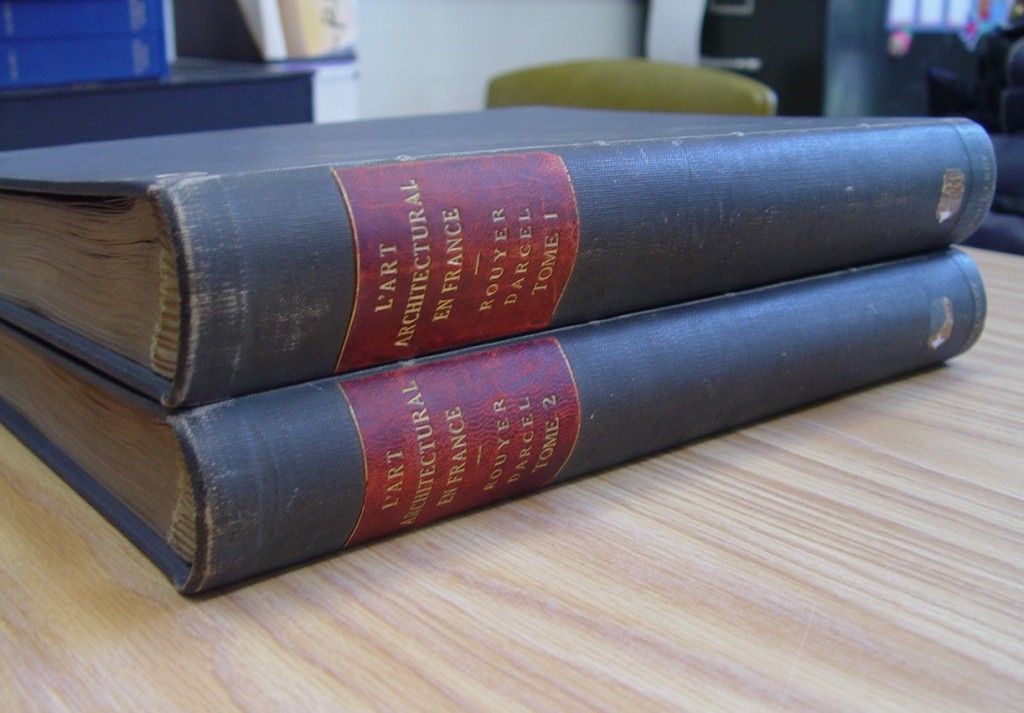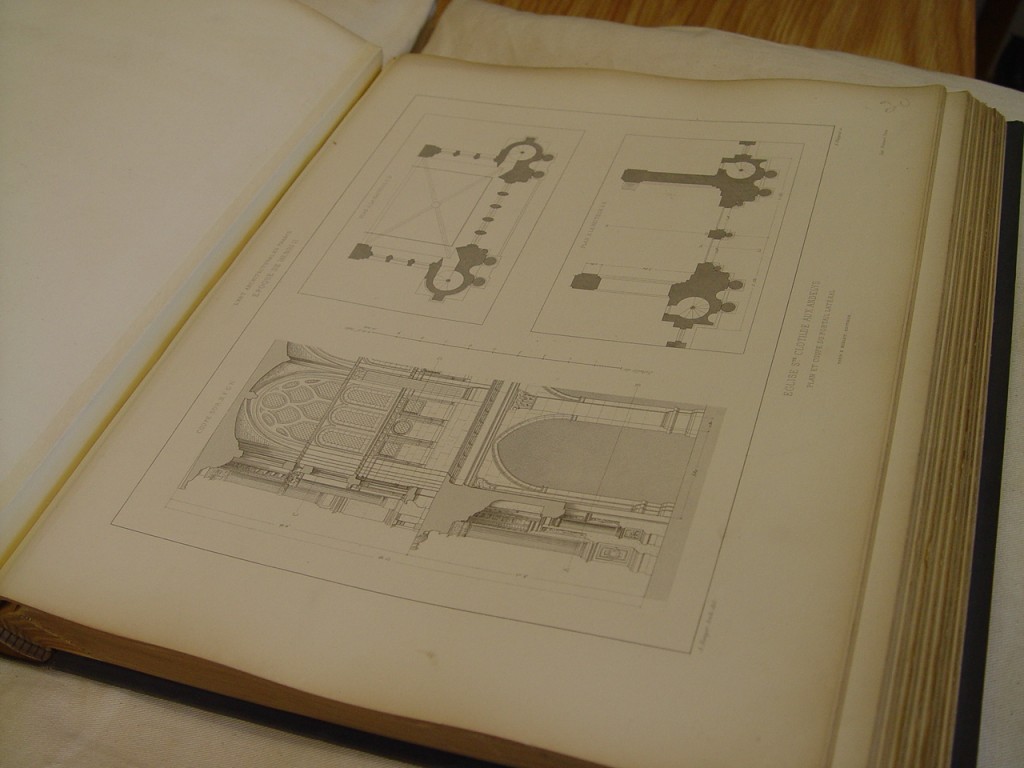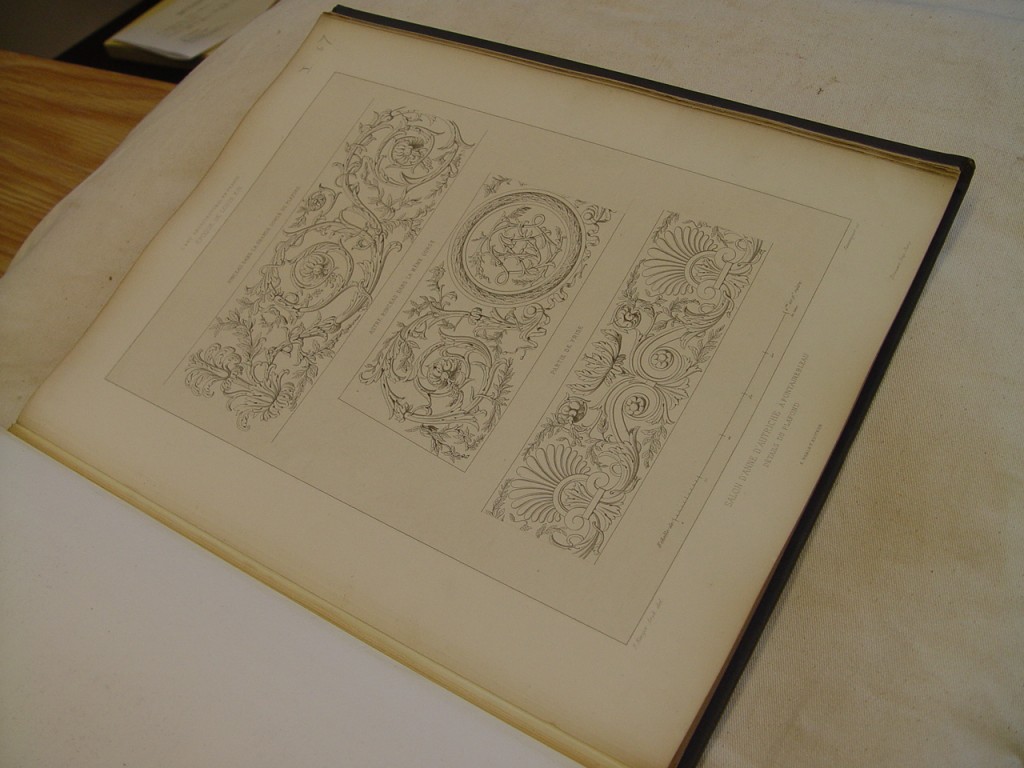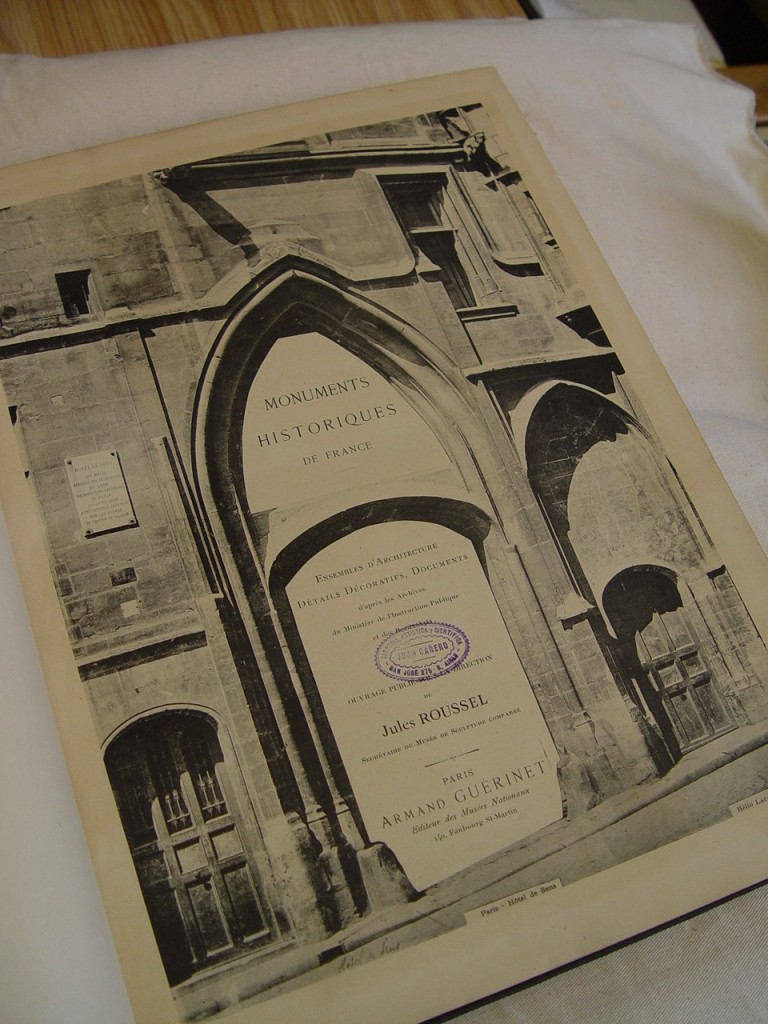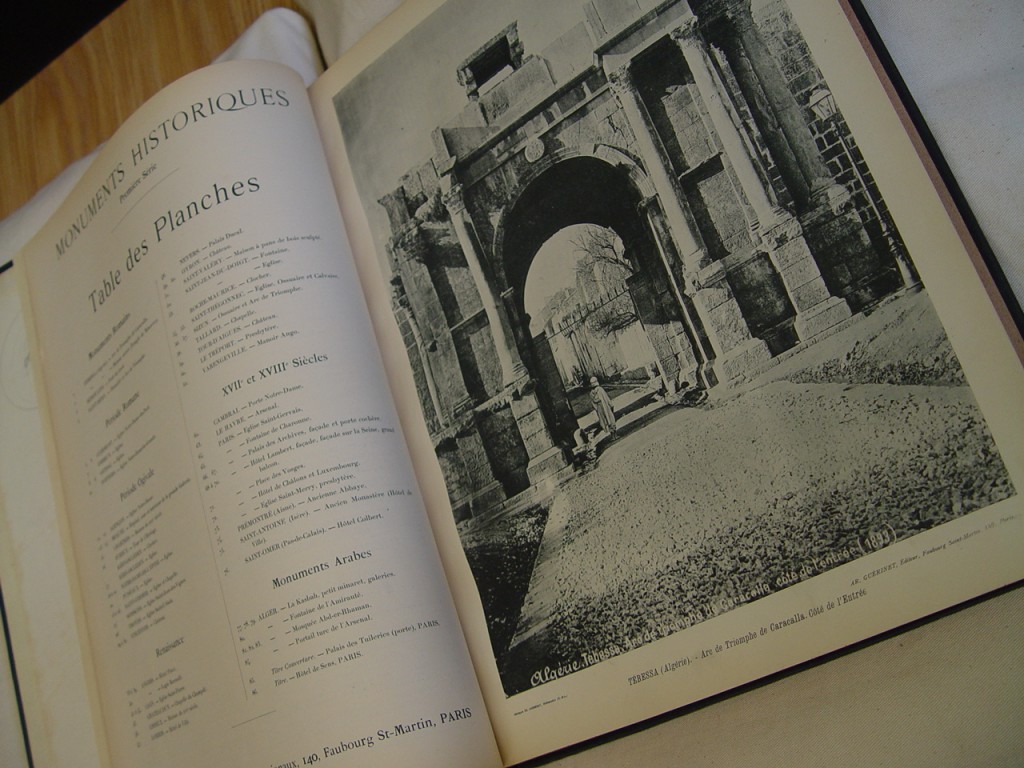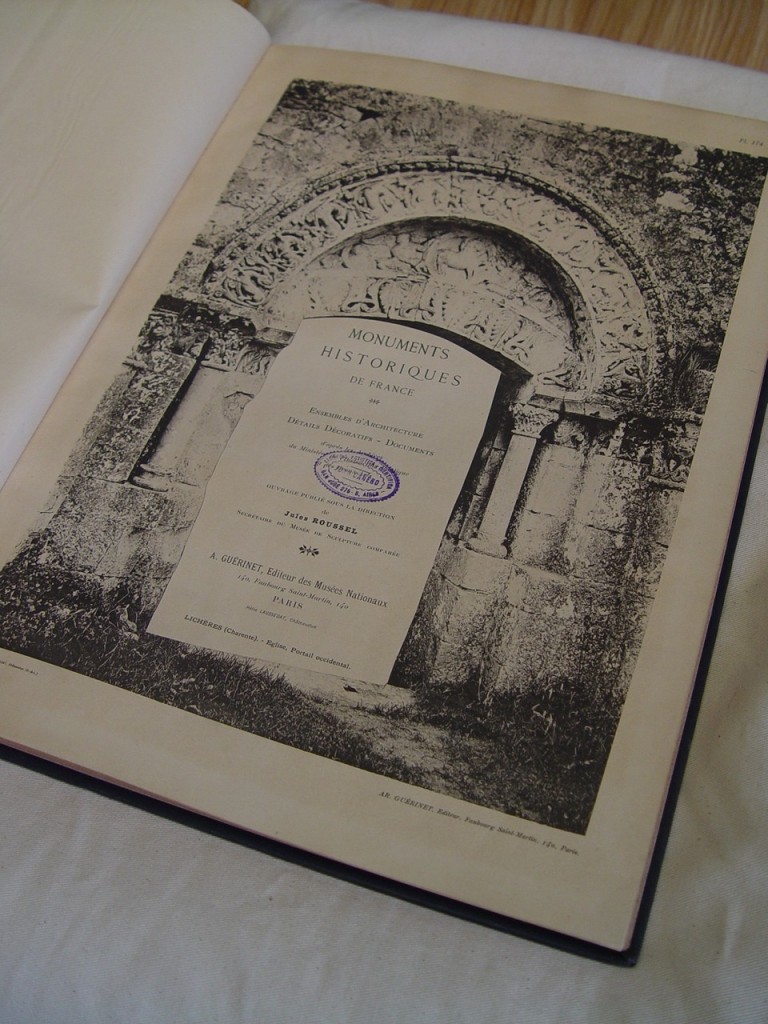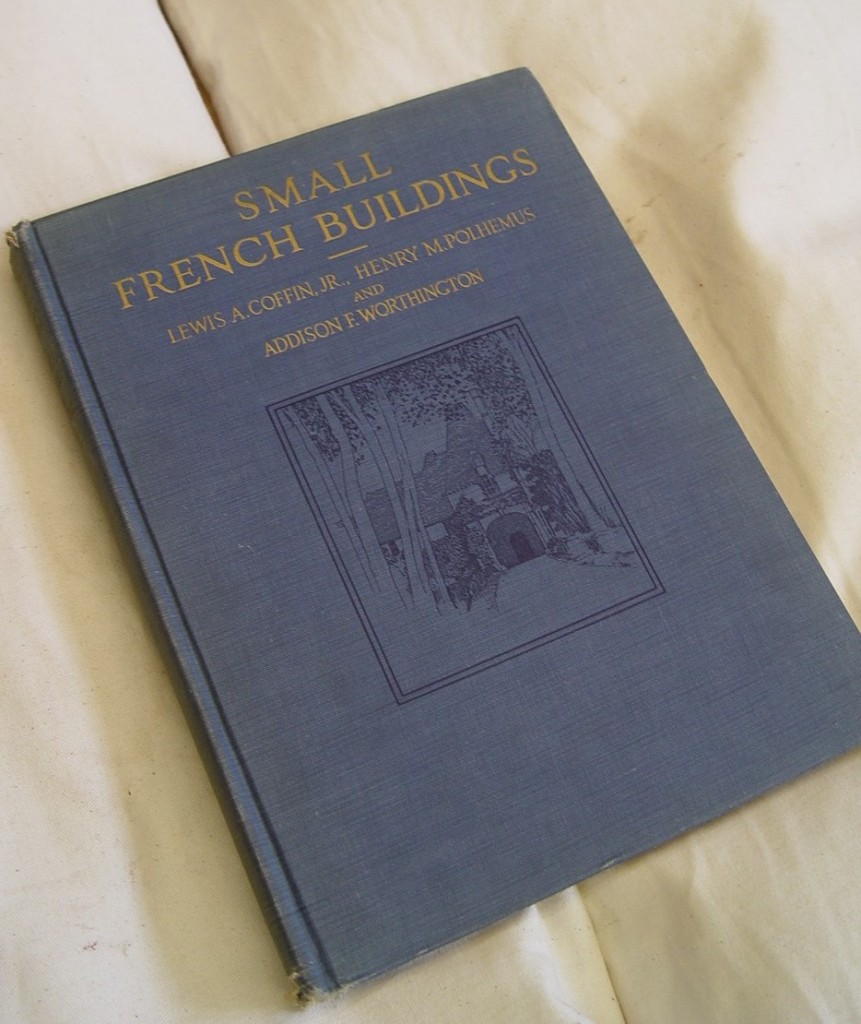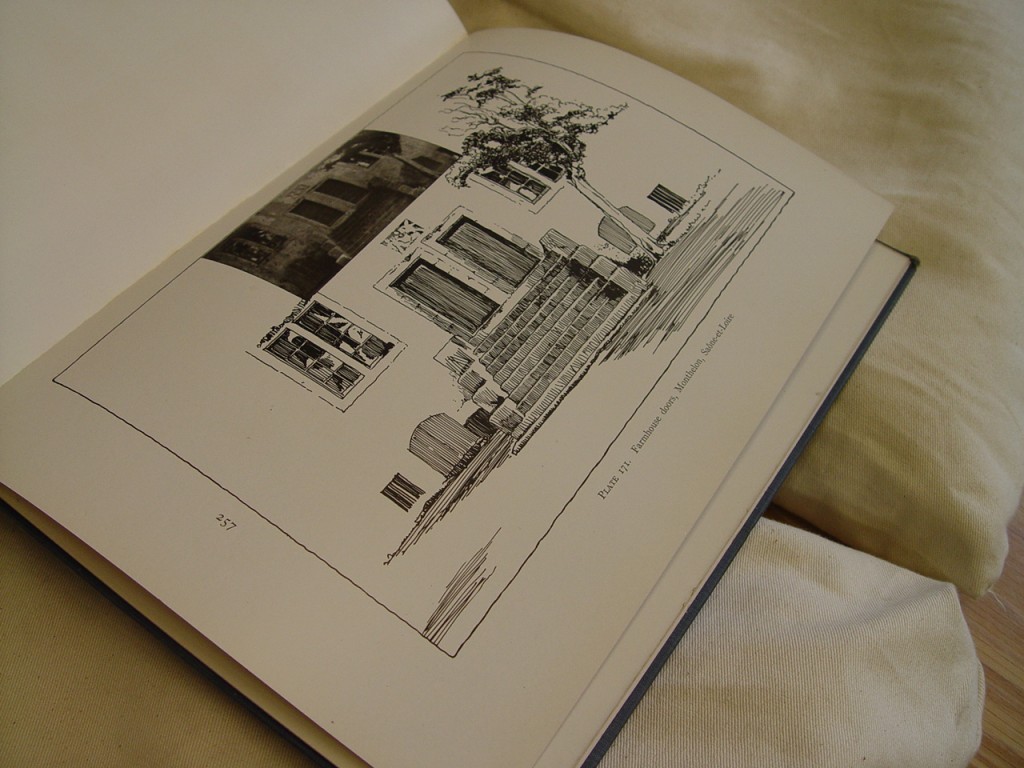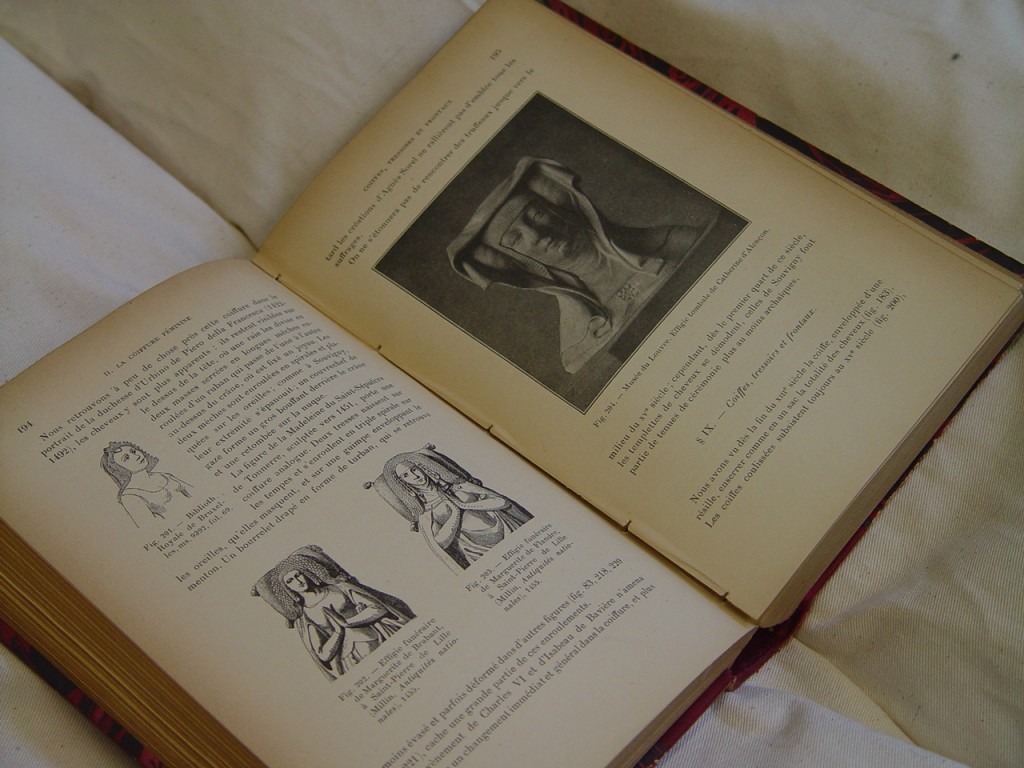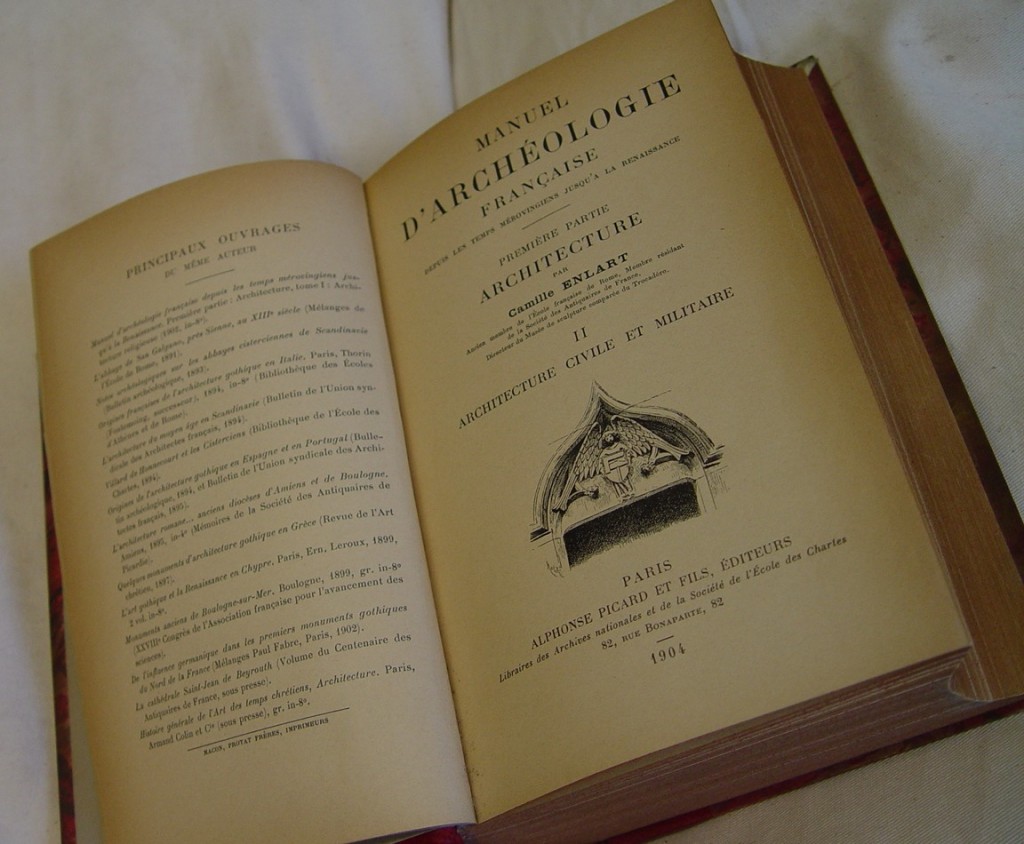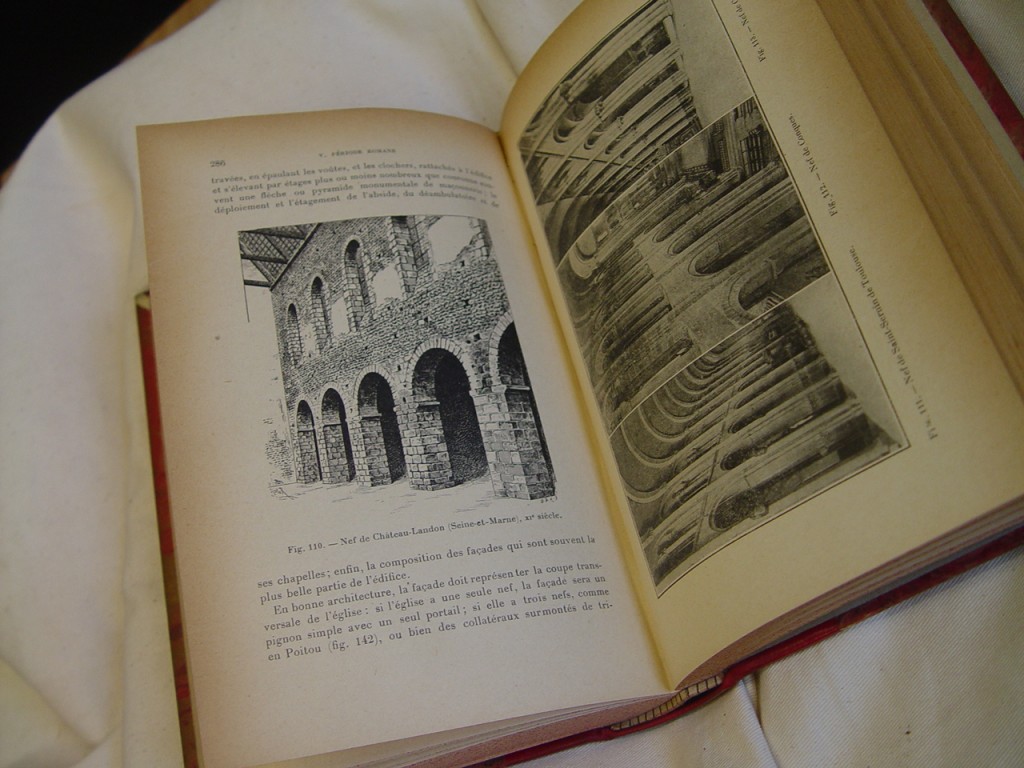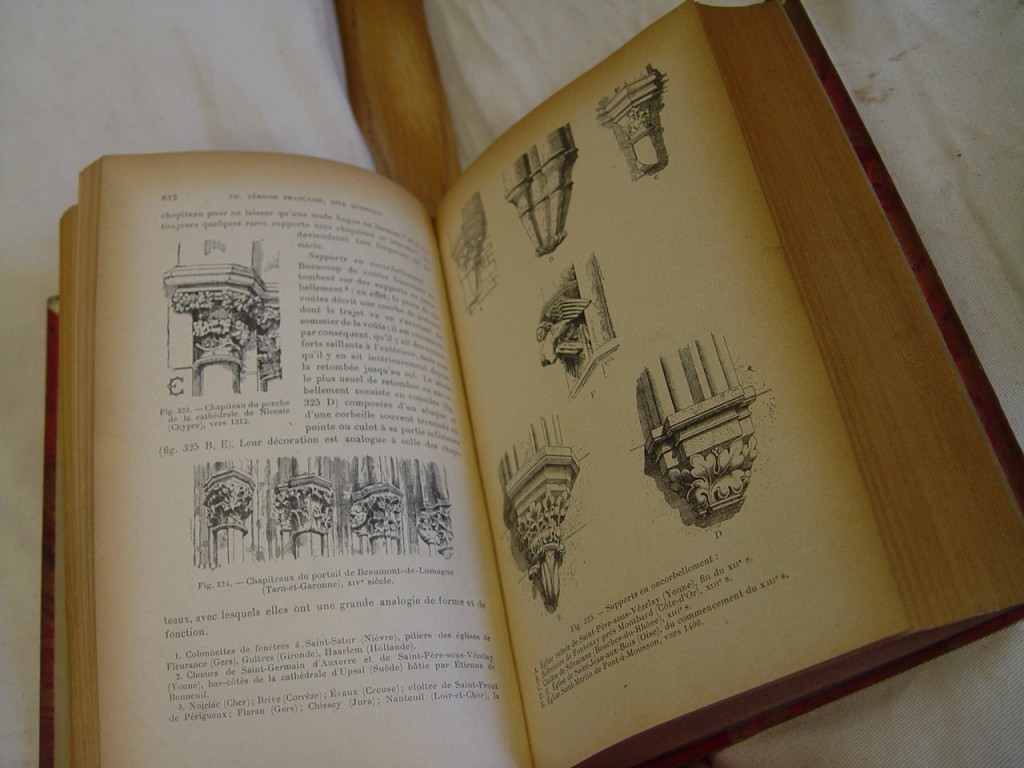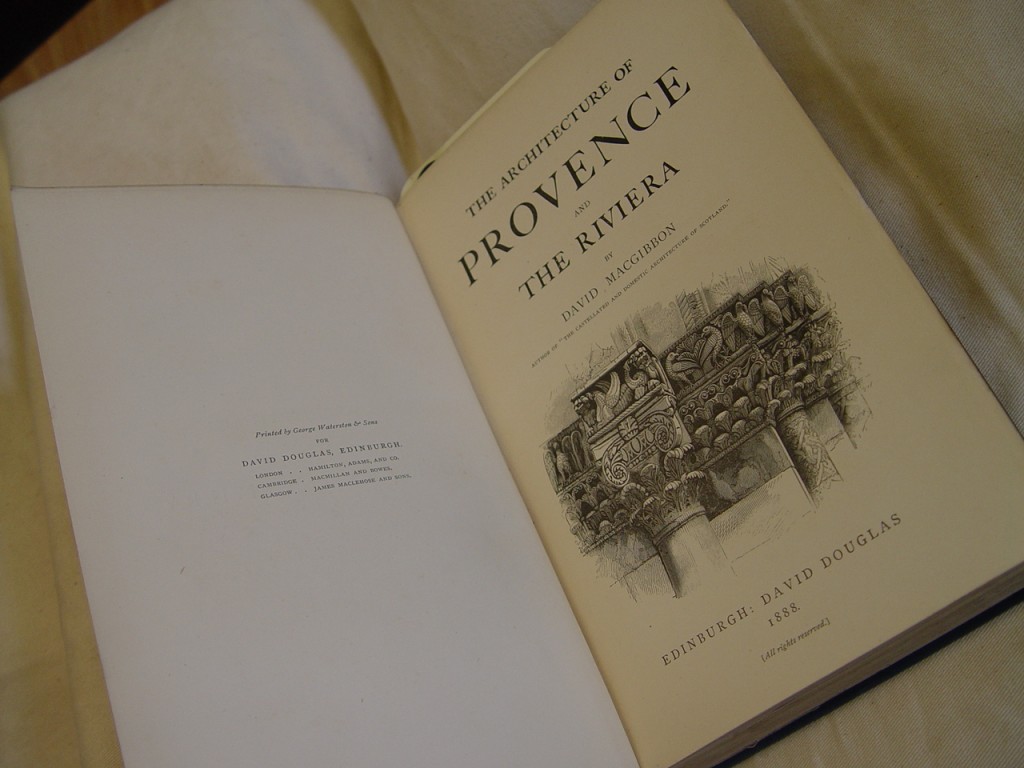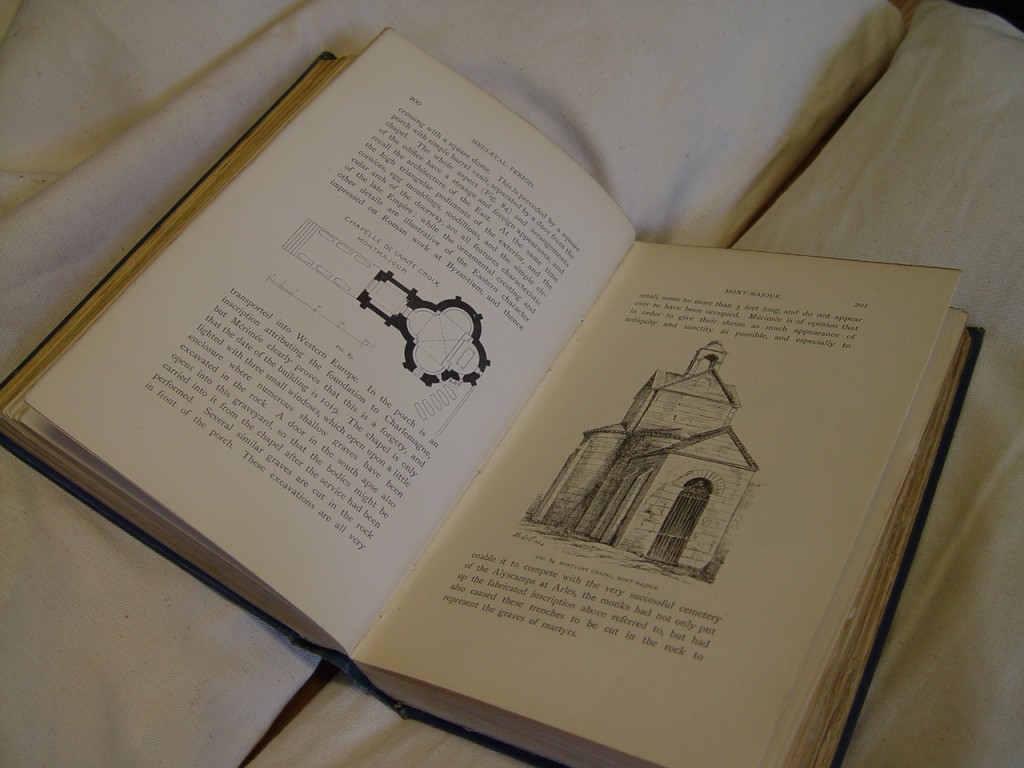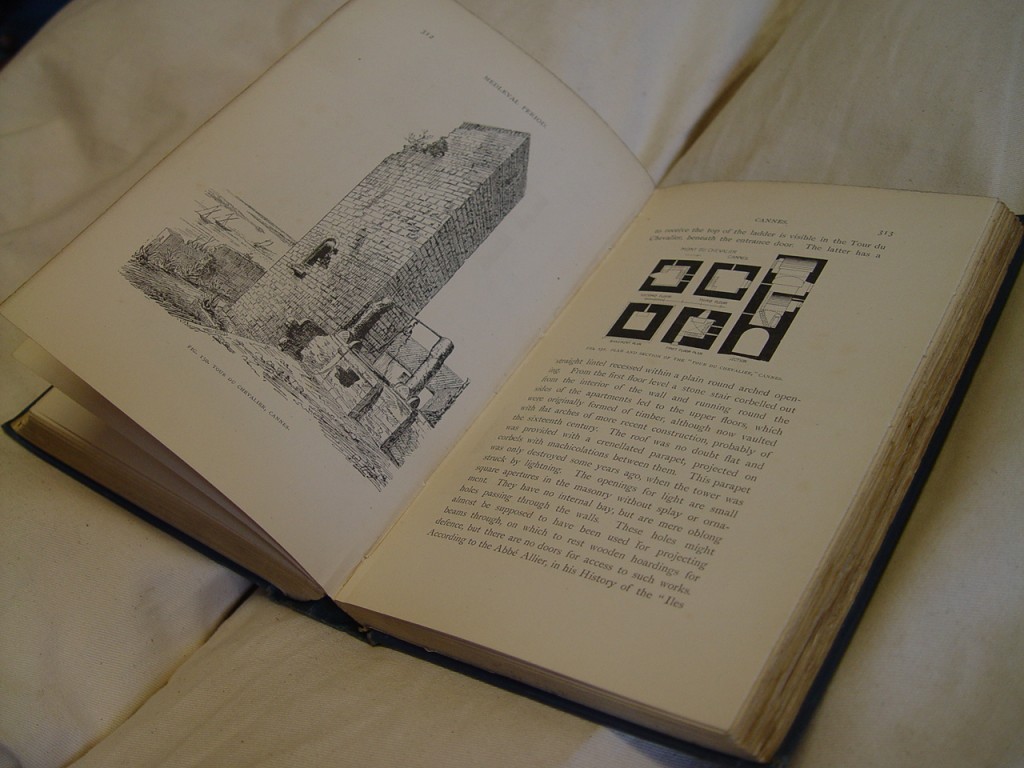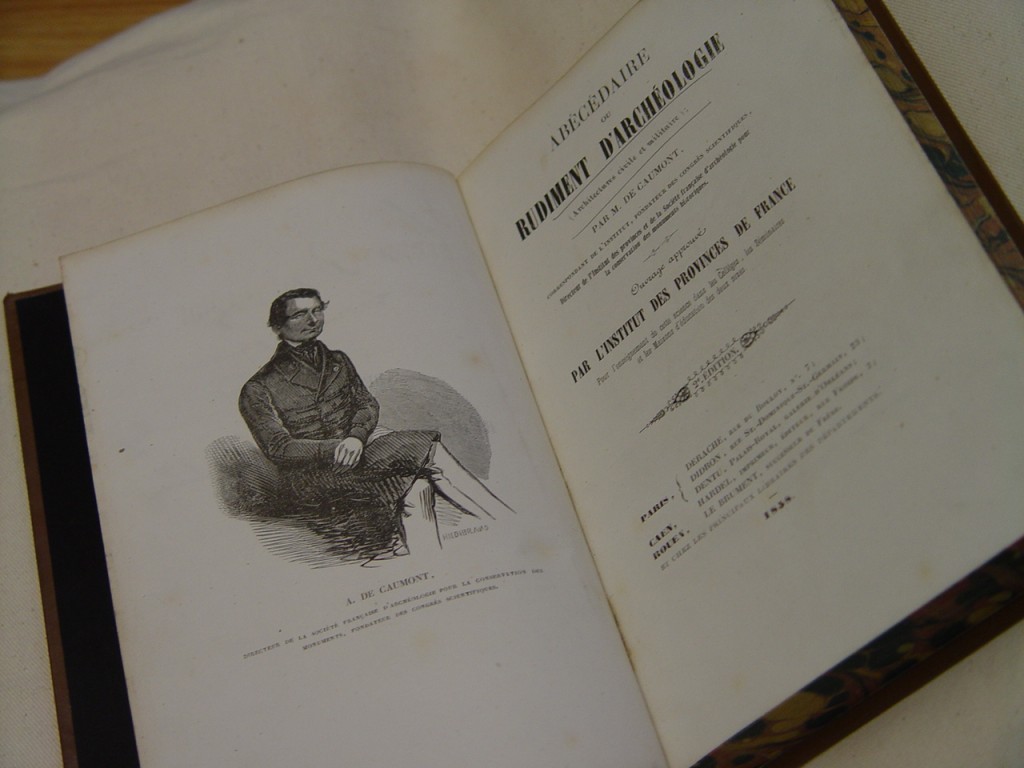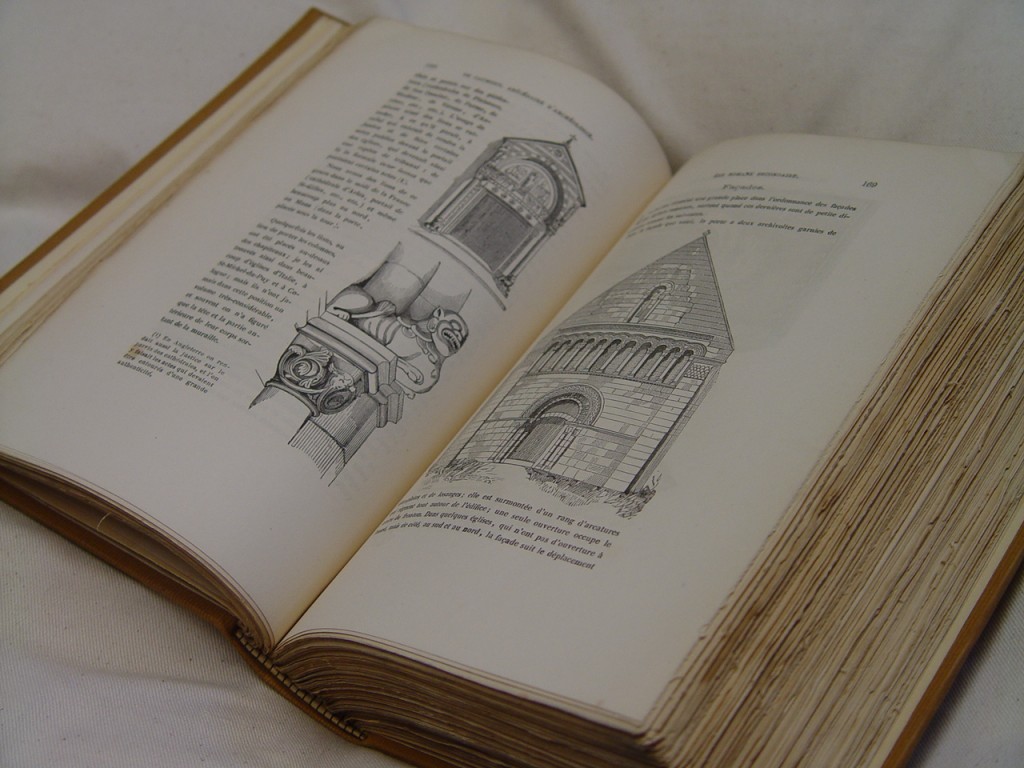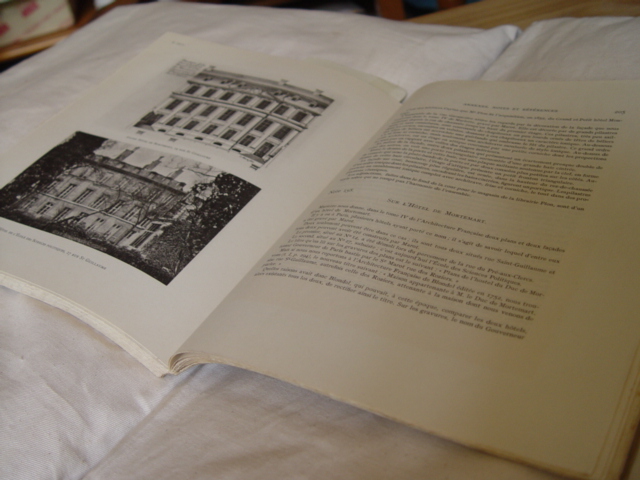Rouyer, Eugène. L’Art Architectural en France depuis François Ier jusqu’à Louis XVI : Motifs de Décoration Intérieure et Extérieure Dessinés d’après des Modèles Exécutés et Inédits des Principales Époques de la Renaissance.
Collection: Cret
In the opening lines of the two-volume, French language text, L’Art Architectural en France depuis François Ier jusqu’à Louis XVI, architect Eugène Rouyer and conservationist Alfred Darcel call attention to the lack of critical literature concerning French Renaissance architecture. In 1863, at the time of original publication, these Louvre scholars noted a high degree of sycophantism in contemporary writing on the period, the work of men seduced by beauty–“Mais arrivée à la Renaissance, à une époque où les documents abondent, il semble que, séduite par la grâce toute nouvelle des monuments qu’elle rencontre, elle ait abdiqué toute idée critique.” In response, Rouyer and Darcel produced a series of truly elegant building analyses unencumbered by obsequious prose and illustrated with exquisite engravings noting building details on both a large and small scale. The Cret volumes are organized building analyses first, followed by a table of contents that triangulates the location of engravings with that of its associated text. Together, these tomes represent an integral reference for the Renaissance scholar.
Library of Congress call numbers: NA 1044 R7 1863 V. 1 Copy 2, NA 1044 R7 1863 V. 2

